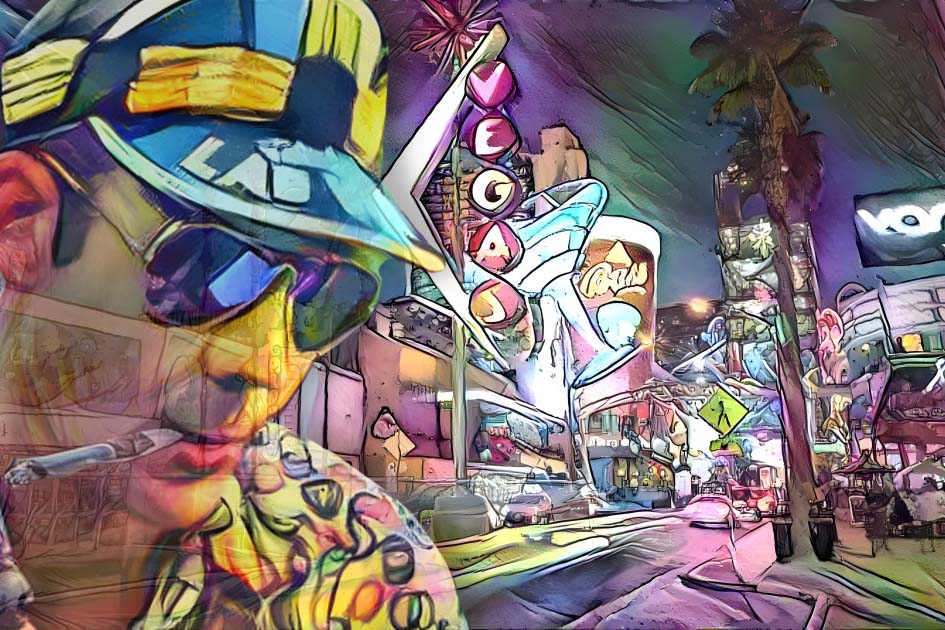
Recently, adrenochrome has gone from an obscure fictionalized drug, briefly mentioned throughout counterculture, to the centerpiece of an online conspiracy theory. Described by internet investigators as a powerful elixir used in satanic rituals performed by the Hollywood Elite, adrenochrome is said to be harvested from the blood of living migrant children. Conspiracy theorists also believe that it functions as both a recreational drug and an anti-aging serum, keeping the rich and famous healthy. Although most of this is easily dismissable as nonsense, it does raise serious questions regarding the actual drug adrenochrome.
A chemical compound created by the oxidation of adrenaline, adrenochrome was studied in the early 1950s by psychiatrists Humphry Osmond and Abram Hoffer. The duo found that there was possibly an excess of adrenochrome in the brains of schizophrenic patients. Osmond was already working with a hypothesis that schizophrenia was caused by the brain intoxicating itself with a psychoactive element produced within the body. Believing that adrenochrome levels served as an indicator or possible cause of hallucinatory illness, Osmund and Hoffer proposed that they could cure schizophrenia with a megadose of antioxidants.
This theory, known as the adrenochrome hypothesis of schizophrenia, has lost favor in psychiatric circles since its inception in 1952. More substantial studies from the next several decades have revolved around the anatomical aspects of what produces unstable brain chemistry. For example, the neurodevelopmental hypothesis of schizophrenia proposes that processes begin as early as the first trimester that result in neural networks primed to generate psychotic behavior during adolescence or early adulthood.
Humphry Osmund is coincidentally also known for providing Aldous Huxley with the dose of mescaline described in his 1954 book The Doors of Perception. Huxley briefly mentions adrenochrome in the book; he suggests it may have psychoactive effects similar to those of LSD or mescaline, although he had never used the substance. Huxley’s claims of adrenochrome’s use as a psychedelic may have led to the chemical’s inclusion in Anthony Burgess’s A Clockwork Orange and Hunter S. Thompson’s Fear and Loathing in Las Vegas as a recreational substance.
Thompson himself has a unique role in the adrenochrome mythos, considering he completely fabricated its current perception as a recreational drug. An integral element of the satanic Hollywood cabal theory is the belief that it must be harvested from a living human body for adrenochrome to be usable. This claim is made by Raoul Duke, Fear and Loathing’s protagonist, “There’s only one source for this stuff… the adrenaline glands from a living human body. It’s no good if you get it out of a corpse.” Adrenochrome, like testosterone, estrogen, and many other chemicals produced within the body, can be safely synthesized in a laboratory.
Terry Gilliam, the director of the 1998 film adaptation of Fear and Loathing, reveals in the DVD commentary for the film that Thompson told him during development that he had never done adrenochrome and entirely made up his experience with the drug.
Furthermore, an online drug database, The Vaults of Erowid, includes an entry for adrenochrome which classifies its effects as Controversial, meaning it is unsure whether there are any effects at all. The entry also includes experience logs that detail various forms of ingestion, such as intravenous injection and smoking powdered adrenochrome out of a crack pipe. The effects are described as ranging from absolutely nothing to mild headaches over a few days; in its Q & A section regarding the drug Erowid says, “the substance has been tried by many people, and there is nearly universal agreement that the effects are uninteresting at best and unpleasant at worst.”
Adrenochrome was, for a long time, just a harmless myth used to add realistic-sounding illicit substances to fictional environments. But, new fame has led to it being used to dupe the uneducated and politically gullible, showing that the misinformation and stigma surrounding certain drugs can be more harmful than reality.

No comment yet, add your voice below!